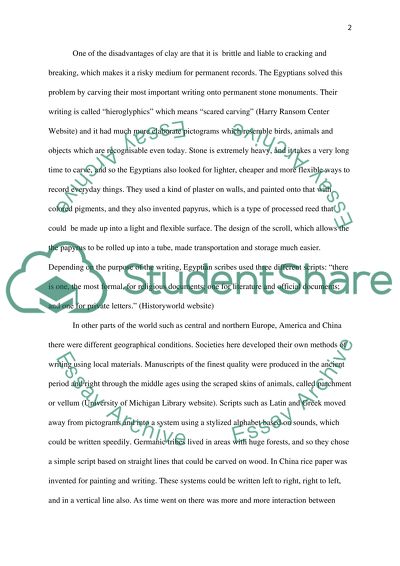Cite this document
(“Composition in the Humanities, How has humanitys use of the Written Research Paper”, n.d.)
Composition in the Humanities, How has humanitys use of the Written Research Paper. Retrieved from https://studentshare.org/english/1435184-composition-in-the-humanities-how-has-humanitys
Composition in the Humanities, How has humanitys use of the Written Research Paper. Retrieved from https://studentshare.org/english/1435184-composition-in-the-humanities-how-has-humanitys
(Composition in the Humanities, How Has Humanitys Use of the Written Research Paper)
Composition in the Humanities, How Has Humanitys Use of the Written Research Paper. https://studentshare.org/english/1435184-composition-in-the-humanities-how-has-humanitys.
Composition in the Humanities, How Has Humanitys Use of the Written Research Paper. https://studentshare.org/english/1435184-composition-in-the-humanities-how-has-humanitys.
“Composition in the Humanities, How Has Humanitys Use of the Written Research Paper”, n.d. https://studentshare.org/english/1435184-composition-in-the-humanities-how-has-humanitys.


